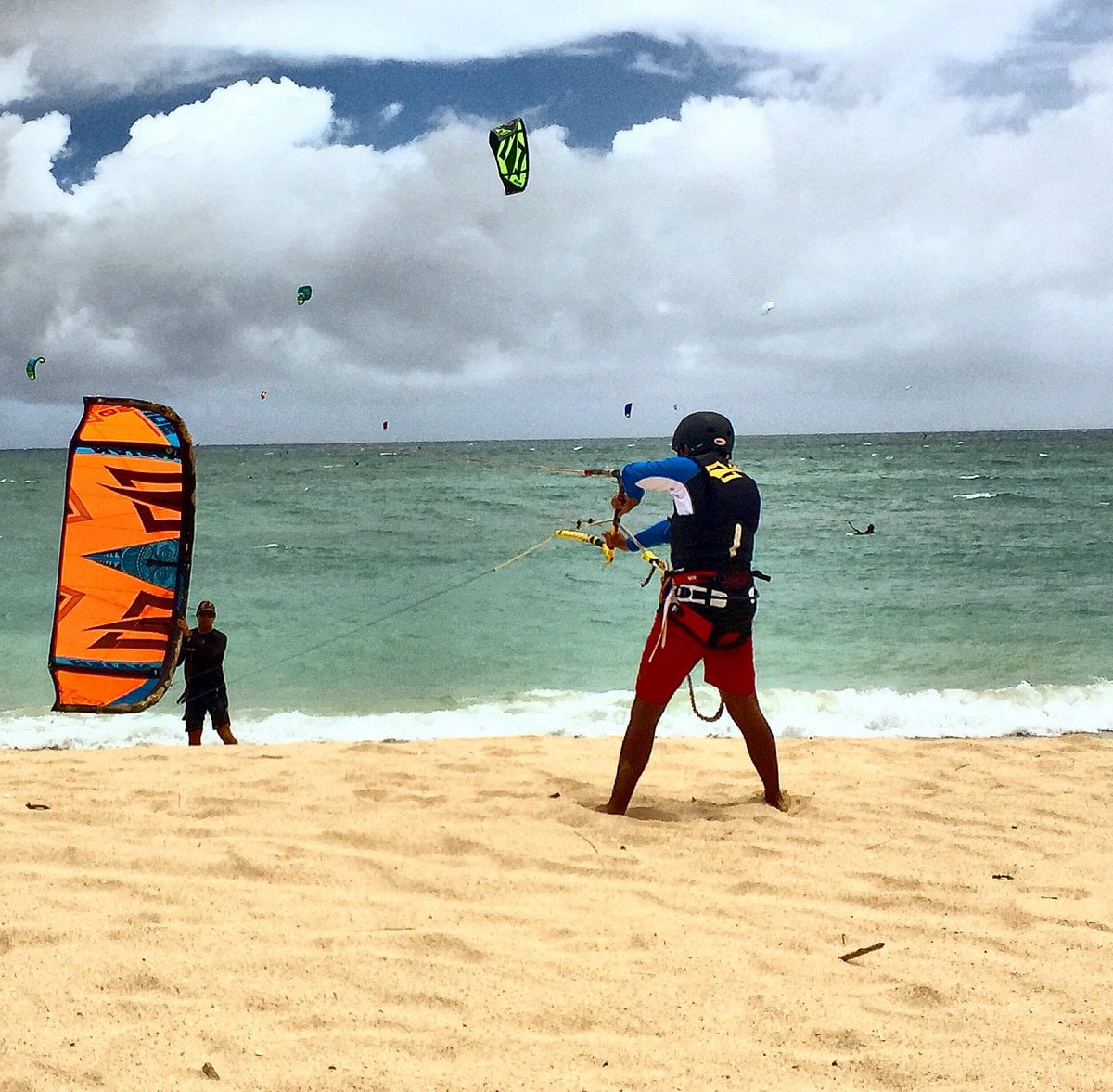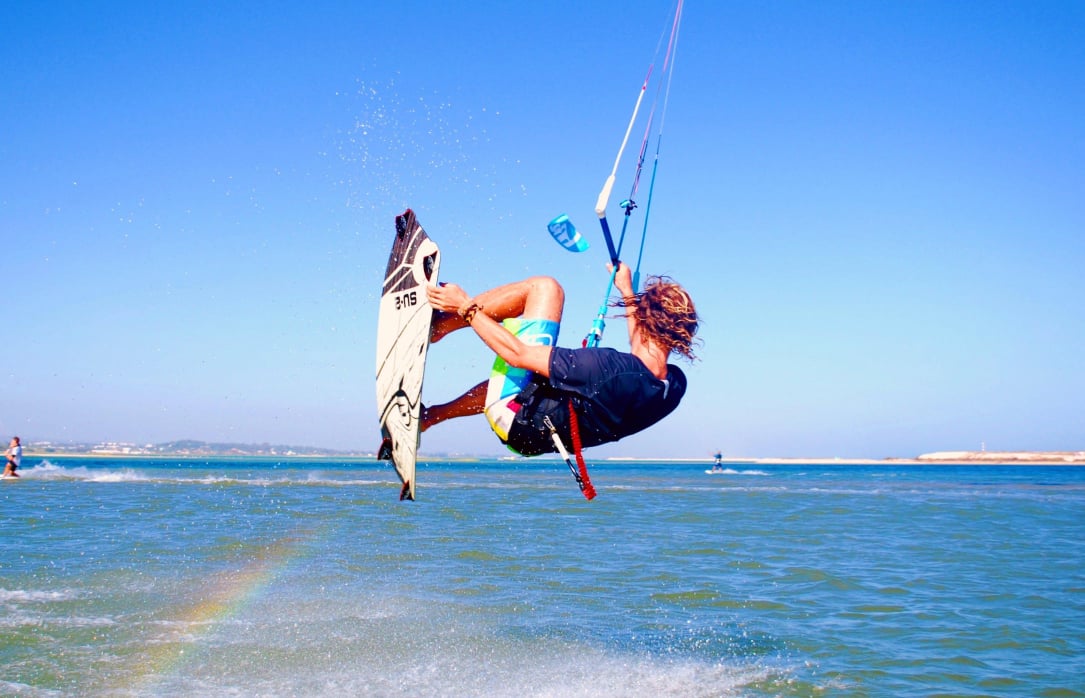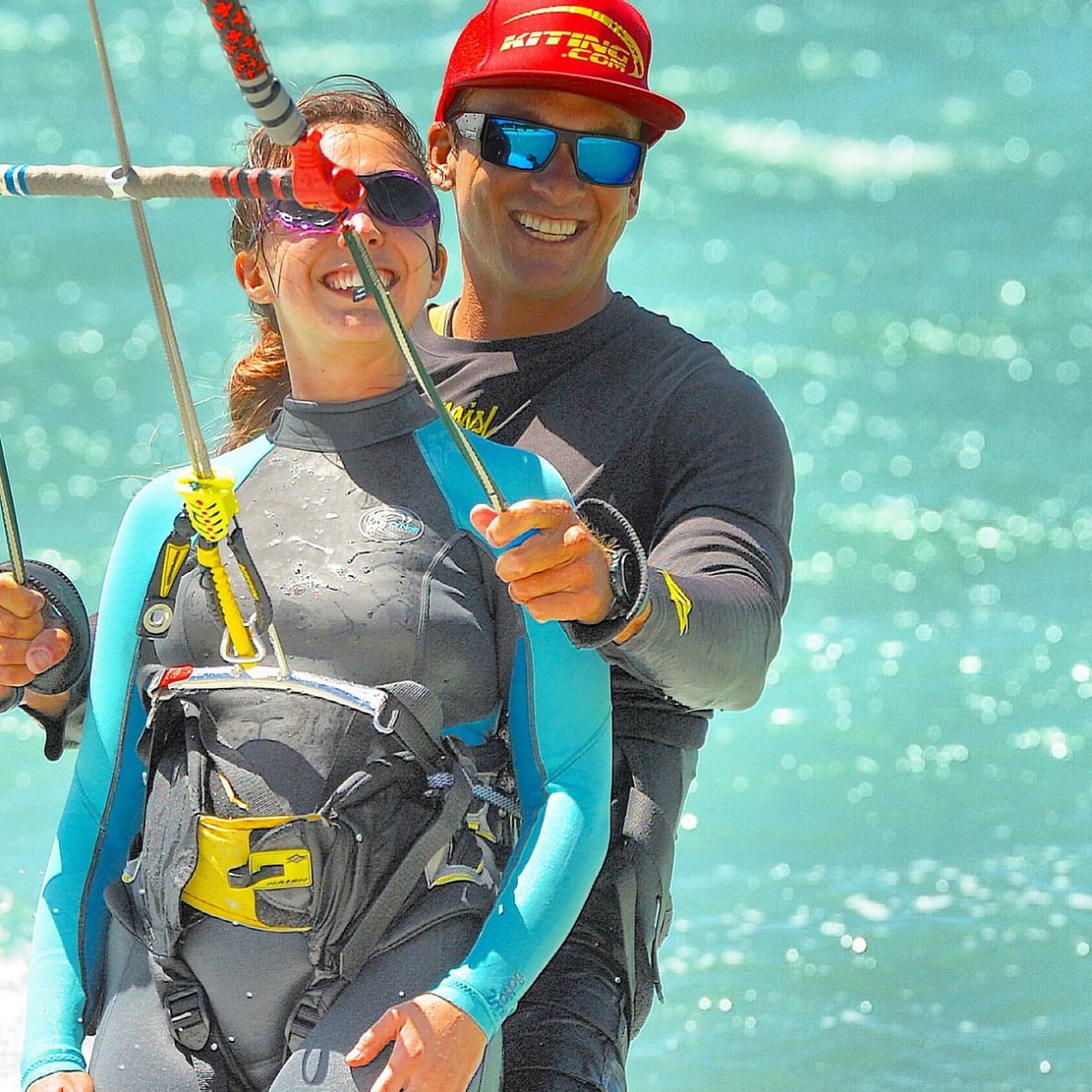
Improve your kitesurfing skills in South Australia with expert tips, but there's one crucial element that could change everything for your performance.
Adelaide, the capital city of South Australia, is renowned for its picturesque geography and strategic location. Nestled between the Mount Lofty Ranges and the coastal waters of the Gulf St Vincent, the city boasts a unique blend of urban and natural landscapes. The city's layout is characterized by a grid pattern, with expansive parklands surrounding the central business district, providing residents and visitors with ample green spaces. The surrounding regions feature a mix of rolling hills, vineyards, and stunning beaches, contributing to the city's charm and appeal. Adelaide's geographical positioning allows for easy access to various natural attractions, making it an ideal base for outdoor enthusiasts looking to explore the nearby Flinders Ranges, Barossa Valley, and Kangaroo Island.
As of the latest census data, Adelaide's population is approximately 1.4 million people, making it the fifth-largest city in Australia. The city is a melting pot of cultures, with a diverse demographic that includes a significant number of immigrants from Europe, Asia, and Africa. This cultural richness is reflected in the city's vibrant community events, festivals, and culinary scene. The population density is relatively moderate compared to other major Australian cities, which contributes to Adelaide's reputation as a more laid-back and livable city. The community is known for its friendly atmosphere, and the relatively low cost of living compared to cities like Sydney and Melbourne attracts families, students, and professionals alike.
Adelaide experiences a Mediterranean climate, characterized by hot, dry summers and mild, wet winters. Summer temperatures can soar above 35°C (95°F), while winter averages hover around 15°C (59°F). Rainfall is typically concentrated in the winter months, with the city receiving an average of 540 mm (21 inches) of precipitation annually. This favorable climate not only enhances outdoor activities but also supports the flourishing wine industry surrounding the city. The consistent weather allows for year-round exploration of Adelaide's renowned attractions, such as the Adelaide Zoo, the Art Gallery of South Australia, and the annual Adelaide Festival, which showcases a range of artistic performances and exhibitions.
Adelaide is also home to several prominent institutions and educational establishments, including the University of Adelaide, Flinders University, and the University of South Australia. These institutions offer a broad spectrum of academic programs and contribute significantly to the city's intellectual and cultural landscape. Additionally, Adelaide is known for its high-quality public and private schools, providing a solid foundation for primary and secondary education. The city's commitment to education and research fosters innovation and attracts students and scholars from around the world. With its unique blend of natural beauty, cultural diversity, and educational opportunities, Adelaide stands out as a vibrant city with much to offer both residents and visitors.
If you're looking to elevate your kitesurfing skills in South Australia, there are several practical steps you can take to enhance your performance. Start by selecting the right equipment that suits your experience level, and ensure you're mastering basic techniques before moving on to more advanced maneuvers. Regular practice is crucial, but understanding local wind conditions can make all the difference. Connecting with local kitesurfing communities can provide valuable insights, but there's one critical aspect that often gets overlooked and could significantly impact your progress. Curious about what it is?
Choose the Right Equipment
When it comes to kitesurfing, choosing the right equipment is crucial for your success and enjoyment on the water. In Kitesurfing Adelaide, you'll find various options tailored to different skill levels.
Start by selecting a kite that suits your size, weight, and experience. A larger kite catches more wind, making it ideal for lighter winds, while a smaller kite offers better control in strong winds.
Next, consider the board. If you're new to kitesurfing, a larger board will provide more stability, while experienced riders might prefer a smaller, more agile board for tricks.
Don't forget the harness—this connects you to the kite and should fit snugly without restricting movement.
For those interested in wing foiling, you'll also need a wing and a foil. Just like kitesurfing, choosing the right size and style can make all the difference.
Taking kitesurfing lessons can help you understand the equipment better. At RIDE, our tailored kitesurfing lessons in South Australia ensure you get hands-on experience with the right gear.
Invest in quality equipment, and you'll enjoy every moment on the water!


Understanding your equipment sets the stage for mastering basic techniques in kitesurfing. Start by practicing your stance. Keep your knees slightly bent and your feet shoulder-width apart for balance. As you ride, maintain a low center of gravity to stay stable on the board.
Next, focus on your kite control. Learn to steer your kite smoothly and efficiently. Pull on one side of the bar to turn, and always keep your kite at a safe distance from the water.
Practice the power zone—this area directly in front of you—where you can generate the most lift.
Don't forget about body positioning. Shift your weight correctly to navigate turns and jumps. Lean back slightly when you're gaining speed and shift your weight forward when you want to slow down.
RIDE Kitesurfing
1 The Foreshore Opposite Everard Street &,
Lady Gowrie Dr,
Largs Bay SA 5016
Phone: 0417 858 641
Email : info@ridekitesurfing.com.au
Website URL : https://ridekitesurfing.com.au/

To improve your kitesurfing skills, practicing regularly is essential. When you hit the water consistently, you build muscle memory and confidence, allowing you to tackle more advanced maneuvers. Aim to get out at least once a week, if not more. The more time you spend kitesurfing, the quicker you'll progress.
Focus on specific skills during each session. One day, concentrate on mastering your water starts; the next, practice your jumps. Setting clear goals helps keep your practice sessions productive.
Don't forget to film yourself—reviewing footage can reveal areas for improvement that you mightn't notice in the moment.
Also, pay attention to the conditions. Each session can offer different wind and water scenarios, and adapting to these changes will enhance your versatility as a kitesurfer.
When conditions aren't ideal, consider using that time to work on your fitness or flexibility, which will benefit your kitesurfing performance.
Lastly, stay motivated! Celebrate your progress, no matter how small, and remember that every session is an opportunity to learn. Keep pushing yourself, and you'll see significant improvements in your kitesurfing skills in no time.
Joining local kitesurfing communities can greatly enhance your experience and skills on the water. When you connect with fellow kitesurfers, you tap into a wealth of knowledge and support that can accelerate your learning. You'll find people who share your passion and can offer tips and insights based on their experiences.
Participating in local events and meetups not only helps you improve your skills but also provides opportunities to make new friends. You can exchange gear, share spots, and even find a buddy to practice with.
Plus, being part of a community keeps you motivated and engaged, encouraging you to hit the water more often.
Look for local kitesurfing schools, clubs, or online forums where you can join discussions and get involved. Many communities host skill-sharing sessions, where you can learn from more experienced riders.
Don't hesitate to ask questions and seek advice; most kitesurfers are more than happy to help newcomers.
For your first kitesurfing lesson, wear a swimsuit or board shorts, a rash guard, and water shoes. Don't forget sunscreen and sunglasses for protection. Layer up with a wetsuit if the water's chilly!
Kitesurfing lessons typically last around two to three hours. You'll spend time learning essential techniques, practicing skills on the water, and enjoying the experience. It's a fun and engaging way to get started!
Yes, lessons are perfect for children and beginners! You'll learn in a safe, supportive environment with experienced instructors. Everyone, regardless of age or skill level, can enjoy kitesurfing and wing foiling at RIDE.
During your lessons, you'll get all the necessary equipment, including a kite, board, harness, and safety gear. Our qualified instructors ensure you're well-equipped for a safe and enjoyable kitesurfing experience while learning.
You don't need insurance for kitesurfing lessons at RIDE, but it's always a good idea to have personal coverage. This way, you can enjoy your time on the water without worrying about unexpected incidents.